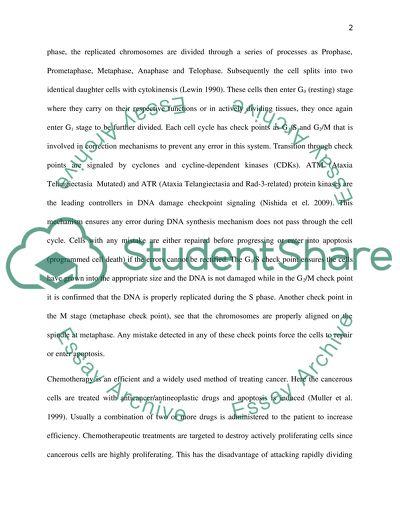Cite this document
(“Impact of DNA damage induced by anticancer drugs on both S phase and Essay”, n.d.)
Retrieved from https://studentshare.org/biology/1429362-introduction
Retrieved from https://studentshare.org/biology/1429362-introduction
(Impact of DNA Damage Induced by Anticancer Drugs on Both S Phase and Essay)
https://studentshare.org/biology/1429362-introduction.
https://studentshare.org/biology/1429362-introduction.
“Impact of DNA Damage Induced by Anticancer Drugs on Both S Phase and Essay”, n.d. https://studentshare.org/biology/1429362-introduction.


